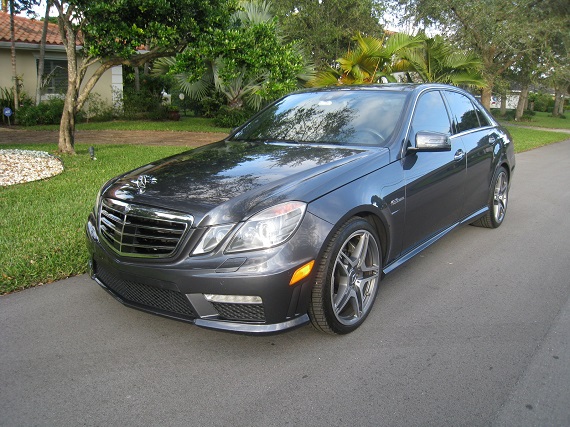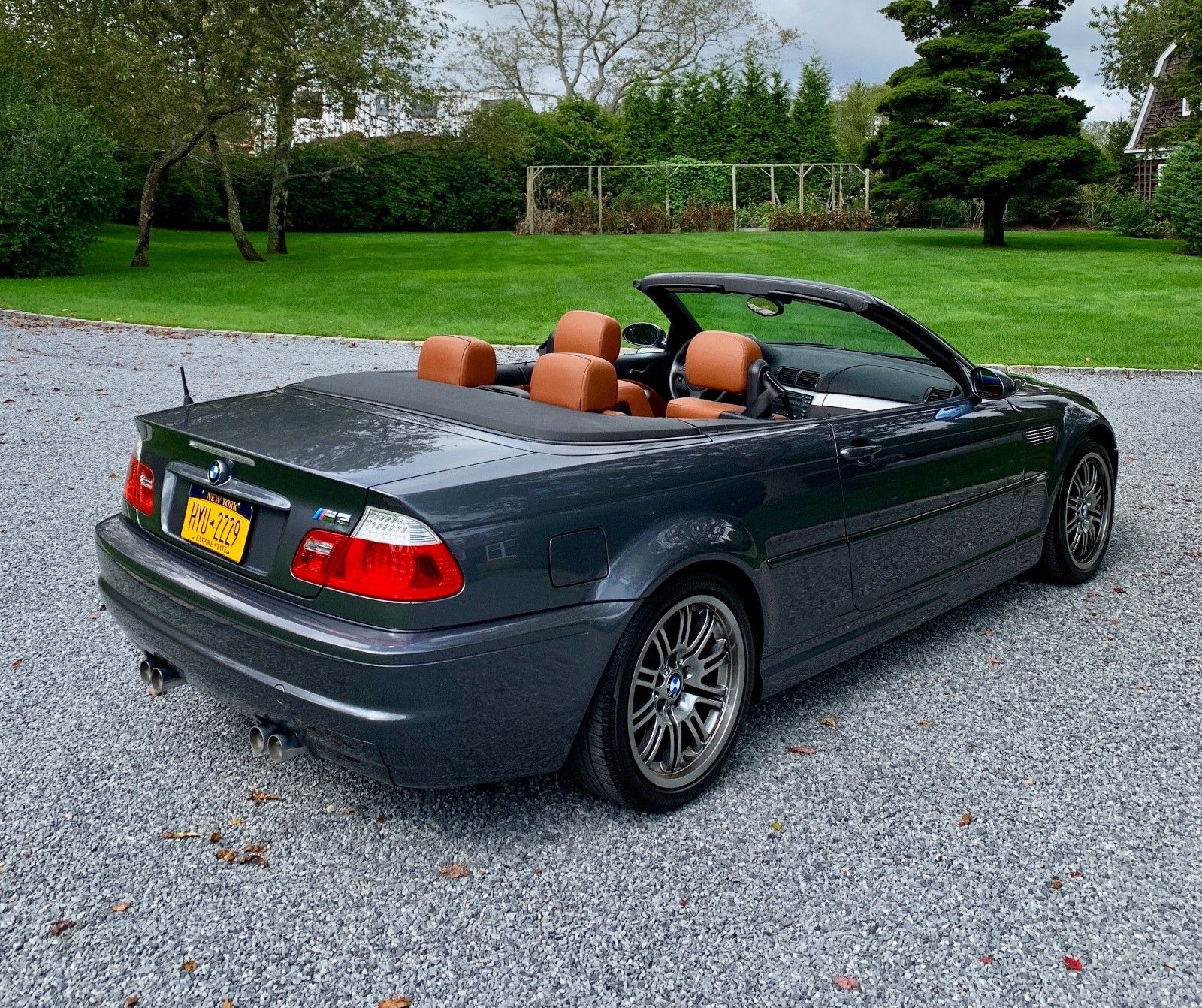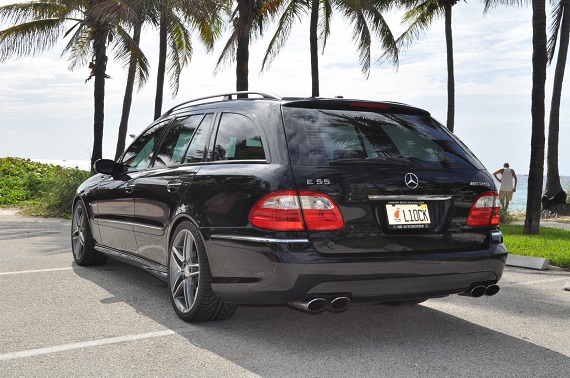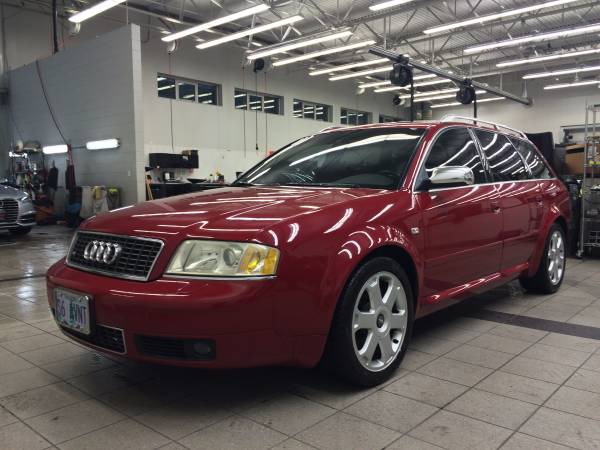
Although BMW’s E28 M5 gets most of the laurels and notoriety for being the first super sedan, the reality is that for an entire two generations before the launch of BMW’s Motorsport branded sedan, Mercedes-Benz had led the way with a series of large V8 powered luxury sedans. The first was really the W100 “Grosser” 600, powered by the M100 6.3 V8. Producing 250 horsepower and 370 lb.ft of torque, it was a match for the hefty mass of the 600, though that car was certainly not a sports car. Mercedes then followed the 600 with a more sporting model, mounting the same M100 into the 300SEL 6.3. With a 0-60 time of around 6 seconds, the lighter 300SEL was capable of hanging with some of the most notable sports cars of the day. When production of the W109 chassis was ceased in 1972, Mercedes moved the massive V8 into the new W116 chassis. Launched in 1975 with a tremendous amount of revisions to the M100, the now 6.9 liter V8 produced nearly 300 horsepower in European trim and over 400 lb.ft of torque – a full decade before the M5 hit the market.
Into the 1980s, although Mercedes-Benz produced some potent V8s of its own it was the tuning firm AMG that took the reigns for performance, ultimately generating in the neighborhood of 400 horsepower from the M119 6.0 V8. After the merger of AMG into the Mercedes-Benz fold, they became the tuning wing of the company, but focus had moved on to inline-6 and V12 models. The big V8s returned in the W210 E55 with a respectable 349 horsepower, but supercharged versions later produced far more. By the mid 2000s, though, there was a horsepower war between the M5, RS6 and AMG models. In response to the 450-500 horsepower plus on tap from the competition, AMG upped the ante with a new M156 V8. With an astounding 507 naturally aspirated horsepower, Mercedes-Benz had doubled the original 600 model’s power with no more weight. The result? 0-60 in 4.5 seconds and relentless, effortless speed everywhere in the rev range. The motor appeared in several different models, and though the displacement was 6.2 liters AMG opted to utilize the nomenclature “63”; probably, as one of our readers noted the other day, as an homage to the 6.3 models that started this conversation. Mercedes once again held the biggest hammer in its hand, but technology and the need for greater efficiency meant that this motor enjoyed a short shelf life. The company moved on to twin turbos in the 2011, making this 2010 example of the E63 the last of the great naturally aspirated V8 tradition:





